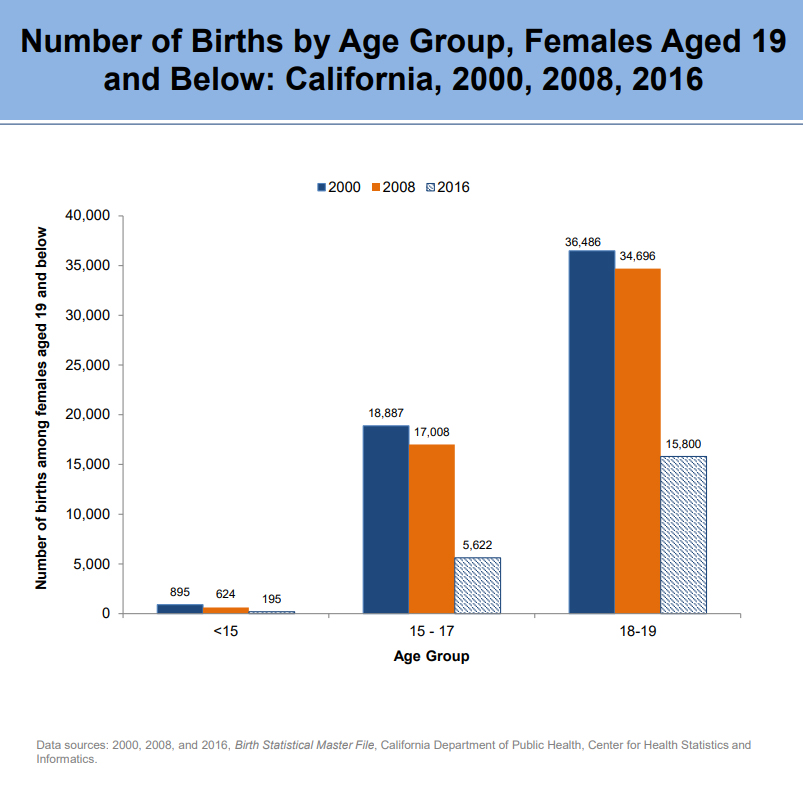
Teen Pregnancy in California: A Comprehensive Overview
Introduction
Teen pregnancy remains a significant public health concern in the United States, with California facing one of the highest rates among all states. According to the California Department of Public Health, approximately 20,000 teenagers between the ages of 15 and 19 give birth each year in the state. This equates to a teen birth rate of 22.4 per 1,000 females, which is higher than the national average of 18.4 per 1,000.
Causes and Risk Factors
The causes of teen pregnancy are complex and multifaceted, involving a combination of individual, social, and economic factors. Some of the key risk factors associated with teen pregnancy include:
- Early sexual initiation: Teenagers who engage in sexual activity at a young age are more likely to become pregnant.
- Lack of access to comprehensive sex education: Many teenagers lack access to accurate and age-appropriate information about sexual health and contraception.
- Peer pressure: Teenagers who have friends or peers who are pregnant or have children are more likely to become pregnant themselves.
- Family instability: Teenagers who come from unstable or dysfunctional families are more likely to engage in risky sexual behaviors.
- Poverty: Teenagers who live in poverty are more likely to experience barriers to accessing healthcare, education, and other resources that can help prevent pregnancy.
Consequences
Teen pregnancy can have a profound impact on the lives of both the teenage mother and her child. For the mother, it can lead to:
- Increased risk of health complications: Teen mothers are more likely to experience premature birth, low birth weight, and other health problems during pregnancy and childbirth.
- Lower educational attainment: Teen mothers are less likely to complete high school or college, which can limit their future earning potential.
- Increased risk of poverty: Teen mothers are more likely to live in poverty, which can make it difficult to provide for themselves and their children.
For the child, teen pregnancy can lead to:
- Increased risk of health problems: Children born to teen mothers are more likely to experience developmental delays, learning disabilities, and other health problems.
- Lower educational attainment: Children born to teen mothers are less likely to succeed in school and are more likely to drop out.
- Increased risk of poverty: Children born to teen mothers are more likely to live in poverty, which can limit their opportunities and life chances.
Prevention Strategies
Preventing teen pregnancy requires a comprehensive approach that addresses the underlying causes and risk factors. Some of the most effective prevention strategies include:
- Comprehensive sex education: Providing teenagers with accurate and age-appropriate information about sexual health and contraception is essential for preventing pregnancy.
- Access to contraception: Ensuring that teenagers have access to affordable and effective contraception is crucial for preventing unplanned pregnancies.
- Peer support programs: Peer support programs can provide teenagers with a safe and supportive environment to discuss sexual health and make healthy decisions.
- Family support: Parents and caregivers play a vital role in preventing teen pregnancy by providing their children with guidance, support, and information about sexual health.
- Community-based programs: Community-based programs that provide comprehensive services to teenagers, such as health care, education, and job training, can help reduce the risk of pregnancy.
Conclusion
Teen pregnancy is a complex issue with far-reaching consequences for both the teenage mother and her child. Addressing the underlying causes and risk factors through comprehensive prevention strategies is essential for reducing teen pregnancy rates in California and improving the health and well-being of our youth. By investing in evidence-based programs and policies, we can empower teenagers to make healthy decisions and create a brighter future for themselves and their children.